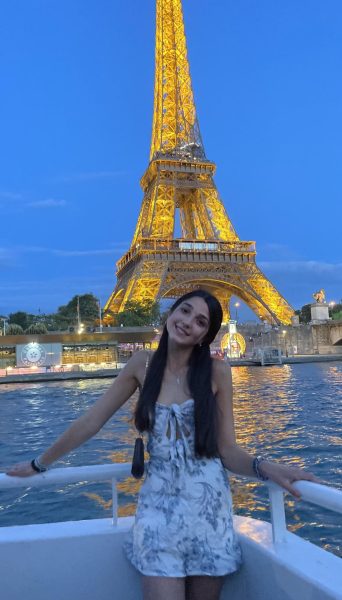Freshman Research Students Contribute to NASA’s “Veggie” Experiment
Astronaut ice cream, a childhood favorite among many, is a well-known example of the freeze-dried and pre-packaged food provided for astronauts in space. Even though such freeze-dried food can last for years, the vitamins in it slowly break down over time, which can cause serious health problems for astronauts who are exploring space for extended periods of time. This is where NASA’s Vegetable Production System — nicknamed Veggie — comes in. Veggie’s mission, according to NASA (www.nasa.gov), is to provide astronauts who are in space for months, or even years, with fresh produce.
There are many obstacles that NASA is currently facing while conducting its Veggie studies. As there is no gravity or sunlight in space, NASA is experimenting with different ways to grow the plants in enclosed environments without their usual needs. Due to the absence of gravity and sunlight, these plants use LED lights to grow, which are placed above and around the plants. Since plants typically reflect green light and absorb red and blue light, these LED lights emit a pink, magenta color. A Veggie “garden” is about the size of a carry-on suitcase and can usually hold up to six plants.
So far, NASA has successfully grown many plants using Veggie, such as Chinese cabbage, mizuna mustard, red Russian kale, and zinnia flowers. Scientists were concerned that harmful microbes could grow on the plants, but, according to NASA, none have been detected, and all the Veggie plants have been able to be consumed by astronauts.
Freshman students in the Science Research class are one of 50 classes across the U.S. that has been chosen to help conduct a new Veggie experiment. Their assignment is to grow three types of radishes in the same enclosed environment used in past Veggie gardens: Cherry Belle, Crunchy Crimson, and RedHead radishes. The students water their assigned radishes twice a day and measure their height, width, and depth in centimeters. All data is sent directly to professional researchers at NASA, who will compare the data collected by schools that are in the program and publish it in a completed study.
“I am so excited that our students were given this opportunity to participate,” said Science Research teacher Kathleen McAuley. “This experiment really shows our classes that these types of experiments are done by professionals. NASA wouldn’t be able to complete their project without data from our high school students.”
Freshman Katy Gottlieb, who is a part of the science research program, also feels excited to get to work on the project. “I feel the experiment is very interesting, especially the fact that we’re working with NASA,” she said. “I can’t wait to watch the plants grow even more and send our data to NASA.”
Once the first trial of the project is done, students can submit a proposal with their ideas. If NASA is interested in any of the proposals, the astronauts will run the same experiment in space. They will compare data with the students over a Zoom conference, live from outer space. In January, the students will find out if their projects have been chosen.
“This is such an honor, considering that NASA is America’s preeminent science organization, and it has selectively chosen LHS to participate in the experiment,” freshman Charisse Cueto, a member of the science research program, said. “I am quite thrilled that LHS is contributing to an experiment that can potentially benefit the entire human race.”

My name is Emily Franklin, and I am a member of the Class of 2025 and an editor for Horizon. I am part of the Key Club, Birthday Wishes Club, and Mathletes....



















